Quick Guide to Hydrogen Technologies
We all know the hype with Hydrogen, do we? It is getting a very relevant fuel due to its “non-fossil fuel” dependance. And, in a world where the demand for clean, sustainable energy is ever-growing, hydrogen is emerging as a shining star on the horizon. For many, it is a game-changer that has the potential to transform our energy landscape and shape the future we’ve all been hoping for.
Welcome to our exploration of hydrogen technologies and the exciting trends that are setting the stage for a more sustainable tomorrow.
This is a set of blog posts that will be covering Hydorgen Technologies. In this specific blog post, we will we’ll uncover the different ways that we are producing Hydrogen industrially.
![[CEG] Website Landing Pages [CEG] Website Landing Pages](https://chemicalengineeringguy.com/wp-content/uploads/elementor/thumbs/CEG-Website-Landing-Pages-pzeujr64ftvwpxberqxchzp5eel53inc9gclahm6d4.jpg)
First things first:
The color codes to represent different types or categories of hydrogen, each potentially indicating a distinct property, source, or application.
Check out the YouTube Video –>
Hydrogen technologies are getting each time more relevant, as well as the sources of the raw materials and fuels we work with…
This is a list on the most relevant sources and how we categorize the hydrogen for the #HydrogenEconomy
Subscribe to My Newsletter So You Get All the Most Relevant Monthly News
Color Codes

White Hydrogen: This typically refers to standard or traditional hydrogen found in nature, which is the most common and widely recognized form of hydrogen. It is colorless and odorless and is typically produced through various methods, including natural gas reforming and water electrolysis. As you can imagine, Hydrogen makes up only a tiny fraction of the Earth’s atmosphere. The concentration of hydrogen in the air is very low, usually less than 0.0001% by volume, which does not makes it easy to gather industrially.
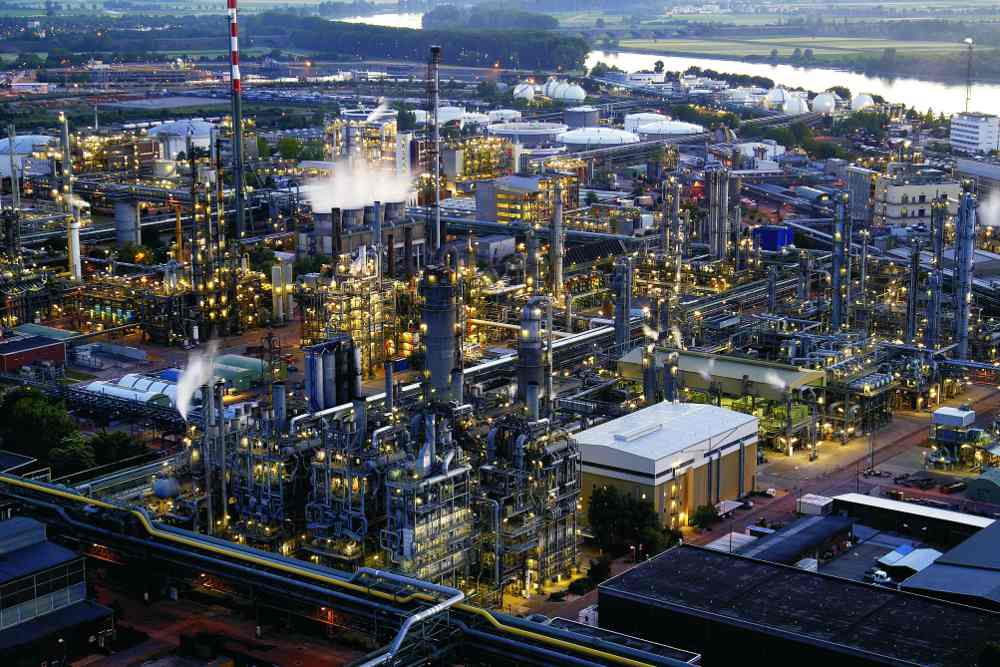
2. Grey Hydrogen: typically associated produced from fossil fuels, such as natural gas, through a process called steam methane reforming (SMR). It is called “grey” because it is produced without carbon capture and emits carbon dioxide during production. Grey hydrogen is commonly used as a feedstock for various industrial processes, including ammonia and methanol production, as well as in the refining of fossil fuels.
3. Black Hydrogen: This represent hydrogen produced from coal through gasification. The method converts coal into a synthetic gas (syngas) containing hydrogen, carbon monoxide, and other gases. Coal gasification can produce hydrogen but often generates more carbon emissions compared to cleaner methodsLike grey hydrogen, black hydrogen production without carbon capture can result in significant carbon emissions.
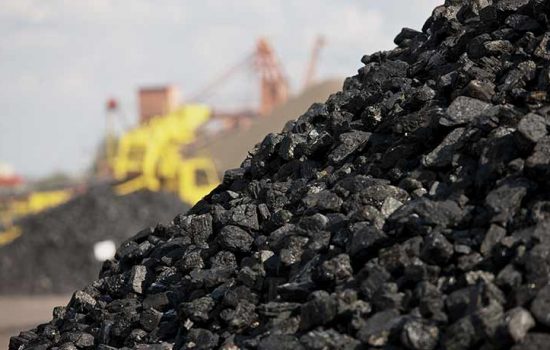
4. Brown Hydrogen: Not a very common concept to “hear” in the industry, but still relevant to mention. It is obtained by using a “cleaner” version of coal, i.e. lignite. “Brown coal” or lignite is a type of coal with a relatively lower carbon content compared to “black coal” (bituminous or anthracite coal).
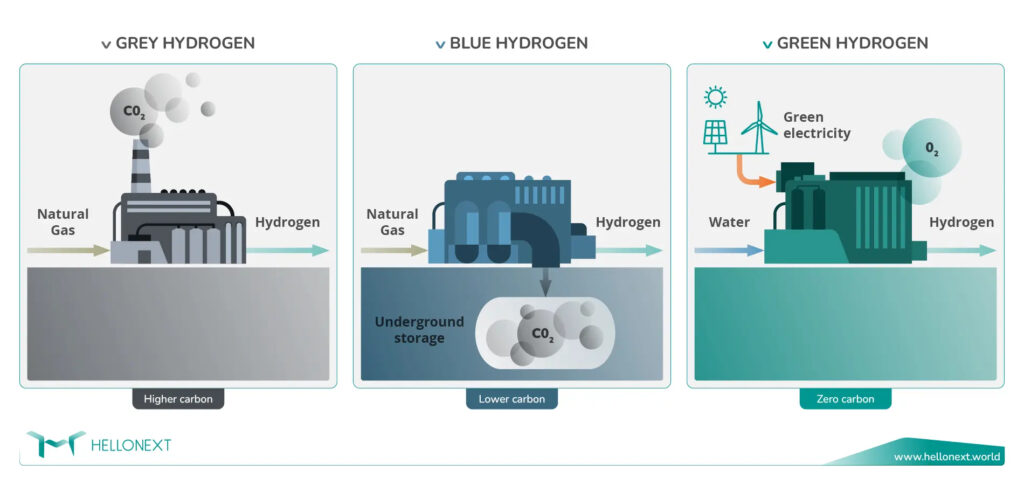
5. Blue Hydrogen: Blue hydrogen is produced using the same methods as grey hydrogen, but with carbon capture and storage (CCS) technology to reduce carbon emissions. The captured carbon is stored underground. The primary goal of blue hydrogen is to significantly reduce the carbon footprint associated with hydrogen production. By capturing and storing the CO2 emissions, blue hydrogen aims to minimize its contribution to climate change. Transition Fuel: Blue hydrogen is often seen as a transitional solution on the path to a more sustainable hydrogen economy. It can help industries and economies reduce their carbon emissions while supporting the development and adoption of cleaner hydrogen production methods like green hydrogen.
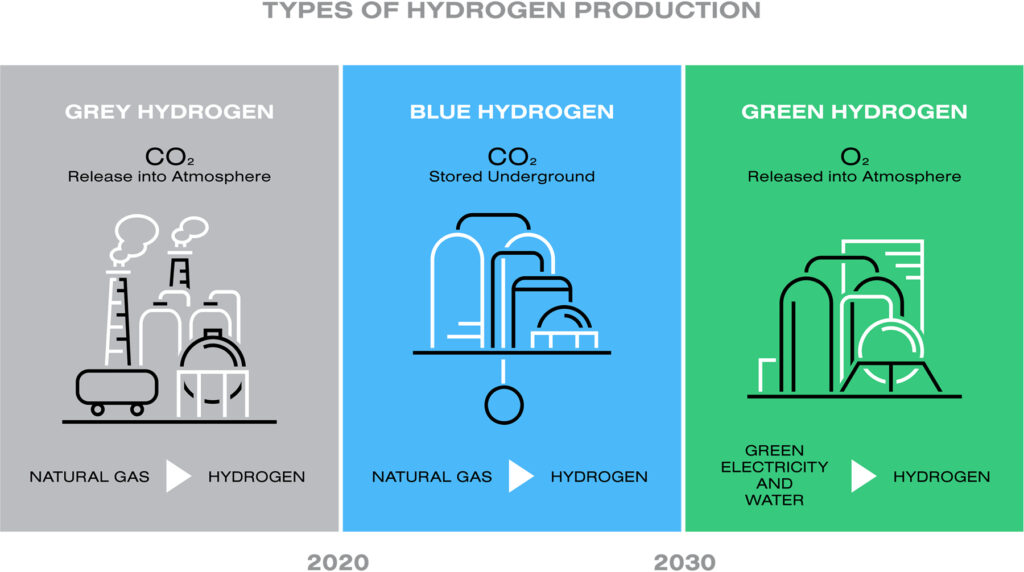
6. Turquoise Hydrogen: This is a hybrid version, as it uses natural gas, uses a thermal decomposition to form Carbon and Hydrogen (CH4 –> C + 2H2). The key element is that it won’t use fossil fuels to “heat” up the reaction, hence, a hybrid, since it is using a fossil fuel as a raw material, but not as an energy source.
7. Green Hydrogen: Green hydrogen is produced using renewable energy sources, typically through water electrolysis powered by solar, wind, or other clean energy sources. It is considered environmentally friendly because it doesn’t produce carbon emissions during production. Green hydrogen plays a crucial role in decarbonizing sectors that are difficult to electrify directly, such as heavy industry, long-haul transportation, and certain chemical processes. Green hydrogen is a cornerstone of the emerging hydrogen economy, where hydrogen is used as a versatile and clean energy carrier to address various energy and environmental challenges.

8. Yellow Hydrogen: Yellow hydrogen is likely another term for green hydrogen, emphasizing the color of the energy source (e.g., sunlight) used in the electrolysis process.
9. Red Hydrogen: Any fuel source that comes from Nuclear Energy. Either by separation of Hydrogen from water (2H2O –> 2H2 + O2) or via decomposition of Methane, (CH4 –> C+2H2). The key concept is that it comes from a nucelar energy soruce.
10. Purple Hydrogen: Chemo-splitting of water (2H2O –> 2H2 + O2). High temperature nucelar energy.
11. Pink Hydrogen: Nuclear Energy that is converted to electricity, and used for electrolysis. Electrolysis is a chemical process that uses an electric current to split water molecules (H2O) into hydrogen gas (H2) and oxygen gas (O2). This process occurs in an electrolyzer, a device with an anode and a cathode submerged in water or an electrolyte solution.
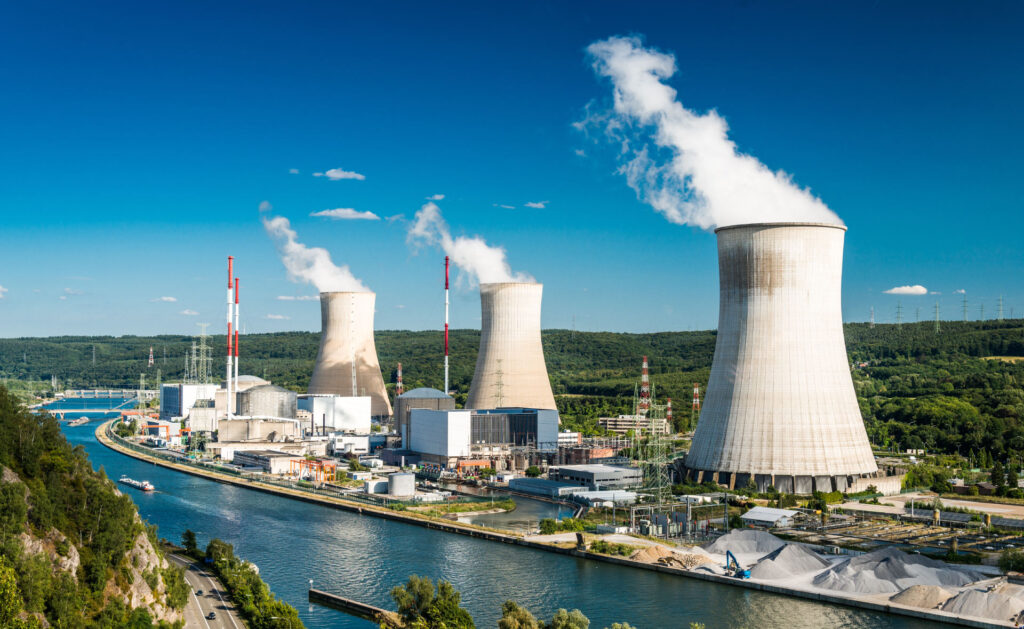
12. Biomass Hydrogen: Biomass hydrogen likely refers to hydrogen produced from biomass feedstocks through processes like gasification or pyrolysis. Biomass can include organic materials like wood, agricultural waste, and other plant-based materials.

Final thoughts
There you have it guys! In the world of hydrogen technologies, a spectrum of colors illuminates our path toward a cleaner energy future. From the traditional “white hydrogen” to the groundbreaking “green hydrogen,” each shade signifies a unique approach to production and sustainability.
Amidst the established methods of “grey” and “black hydrogen,” “blue hydrogen” emerges, promising carbon capture to temper its impact.
Lots of Blue Hydrogen technolgies are expected to be developed in the coming years.
All other “small” codes are for sure still present, but are not relevant in the quantities as for 2023. “Turquois”; “Yellow”; “Red” and “pink hydrogen” must still be developed to make sense in the needs of society.
It is important for the Engineer to be acquainted with the Energy terms used in Hydrogen Technologies, the importance of this fuel, where are we, where are we heading and more importnatly, undesrtand the different codes of color and their technolgies.
That will be it guys! I hope you enjoyed this blog post.
Is there anything in especial that you liked the most? or Maybe you are not quite into the new trends? Let me know in the comments or via e-mail!
